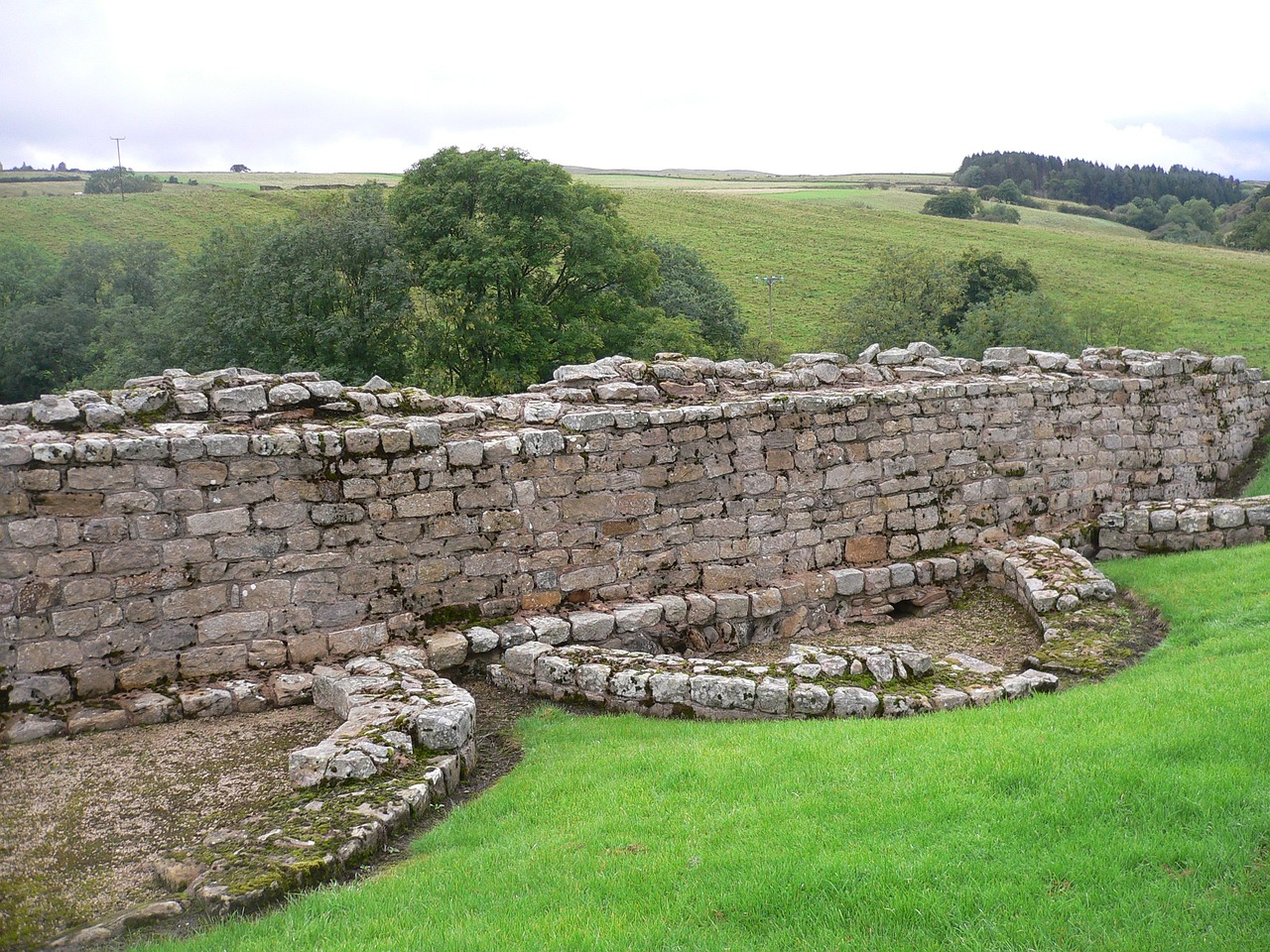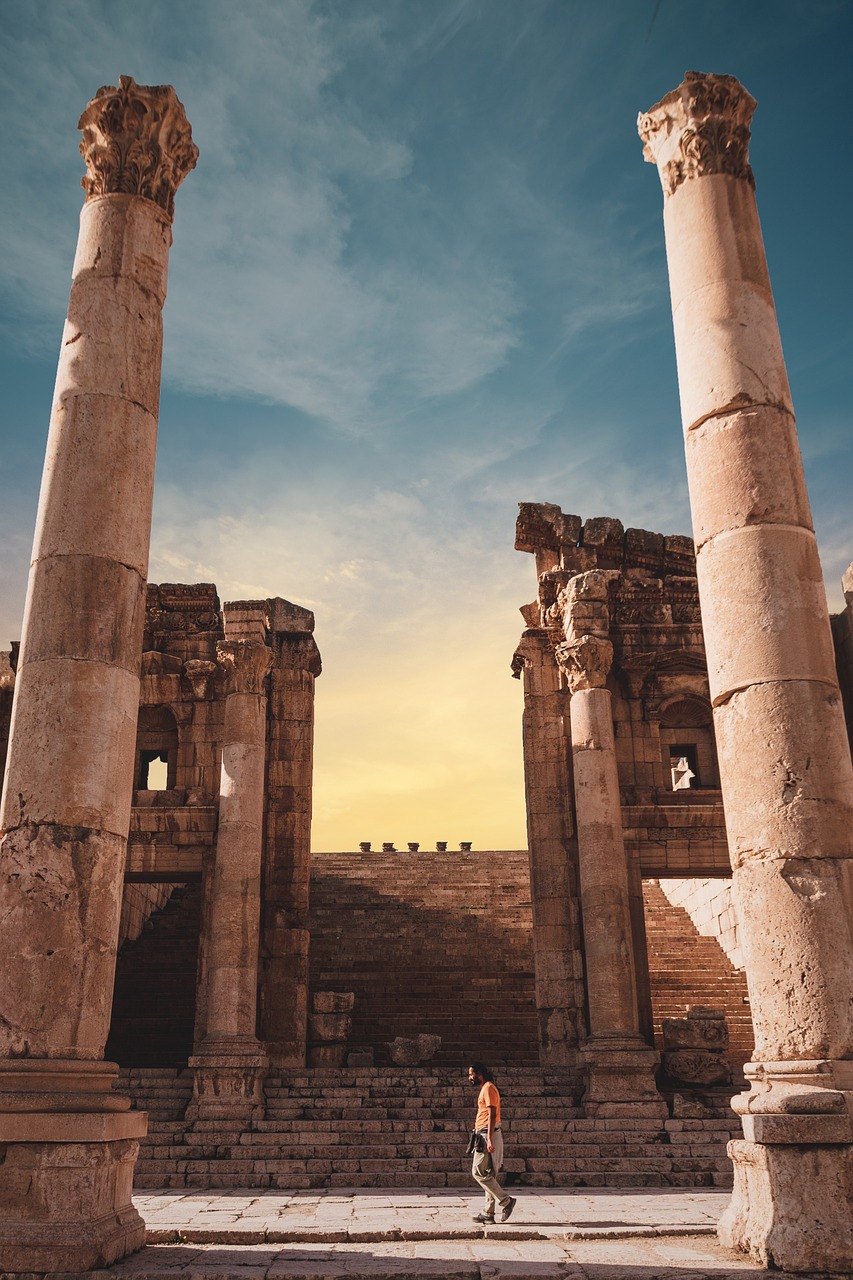Mythology
-
In the worldview of the Ancient Egyptians, their deities were complex entities rather than simple figures confined to one role. Taking Ptah as an example, his identity extends beyond being merely the “creator as craftsman,” a description highlighted in prior discussions. While this role is paramount, Ptah’s character encompasses a variety of other associations and…
-
Apophis: The Great Serpent in Ancient Egyptian Mythology Apophis, known in ancient Egyptian culture as Apep, symbolizes the Great Serpent and stands as the nemesis of the sun god Ra. In this religious context, Ra’s heavenly vessel traverses the sky from dawn until dusk, subsequently descending into the underworld. However, during this nighttime journey, Apophis…
-

The Enigmatic Monkey King: Sun Wukong Sun Wukong, the charismatic Monkey King, is a legendary figure rooted in Chinese mythology and greatly celebrated in the 16th-century epic, “Journey to the West” (西游记). His story transcends time, originating from tales of the Song dynasty, and continues to inspire various adaptations and narratives. Wukong’s journey begins as…
-
Statuette of Taweret: A Symbol of Protection in Ptolemaic Egypt The statuette likely depicts Taweret, a goddess revered for her protective role during childbirth and the safeguarding of expectant mothers. This powerful figure draws upon a blend of human and animal characteristics, incorporating elements from hippos, crocodiles, and lions to create a formidable image meant…
-

The narrative of Orpheus and Eurydice stands as perhaps the most poignant tale of love in Greek mythology. This timeless myth has stimulated countless artists throughout history, including renowned painters such as Peter Paul Rubens and Nicolas Poussin. Additionally, it has inspired operas, songs, and theatrical productions that pay tribute to the legendary lovers who…
-

By Tom Welch – Volunteer Guide Since its opening in 1970, the Vindolanda site has revealed a treasure trove of remarkable artifacts, particularly the notable wooden writing tablets, a variety of leather footwear, tools, jewelry, and around 2,600 Roman coins, some of which trace back to the Roman Republic. Throughout the Roman Empire, including the…
-

Venus, a goddess known in ancient Italy, was originally associated with agriculture, fields, and gardens, but was later identified with the Greek goddess of love, Aphrodite, by the Romans. The renowned statue, Venus de Milo, created around 150 BCE, epitomizes her transformation into the figure of love as recognized globally today. In early Roman tradition,…
-

Mors, regarded as the ancient Roman deity of death, was also known by the names Letum and Orcus. He is closely related to both the Greek god Thanatos and the Etruscan deity Charun, though his worship was relatively limited, and information regarding him is scant. In the realm of Roman mythology, Mors was commonly depicted…
-

Life in ancient Egypt revolved significantly around the annual flooding of the Nile and the consequent fertility it endowed upon the land. It is thus evident that these vital elements are woven into the fabric of Egyptian spirituality through the figure of the crocodile god, Sobek. Initially perceived as a local deity, Sobek’s influence surged…
-

Odysseus, a central character in Homer’s renowned epic, the Odyssey, is celebrated as a pivotal figure in Western literary tradition. The narrative depicts Odysseus as the King of Ithaca, the offspring of Laertes and Anticleia (descendant of Autolycus from Parnassus), and the devoted husband of Penelope and father to Telemachus. In later interpretations, his lineage…


